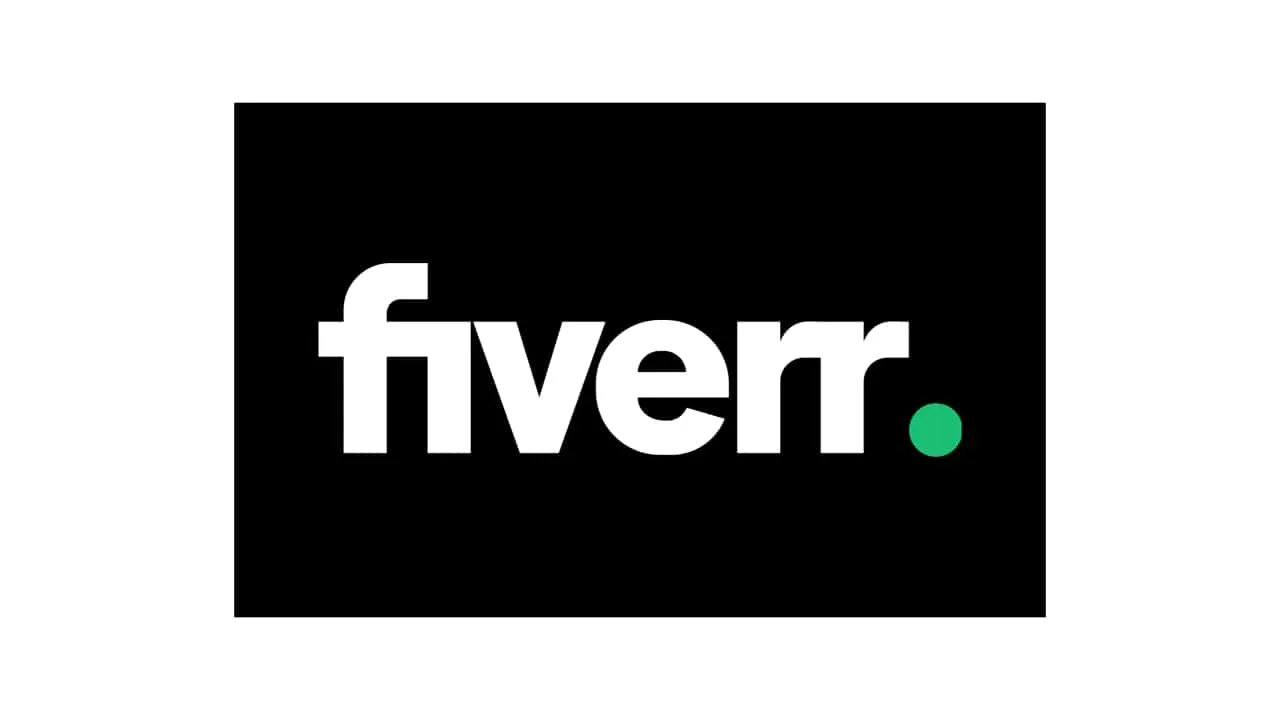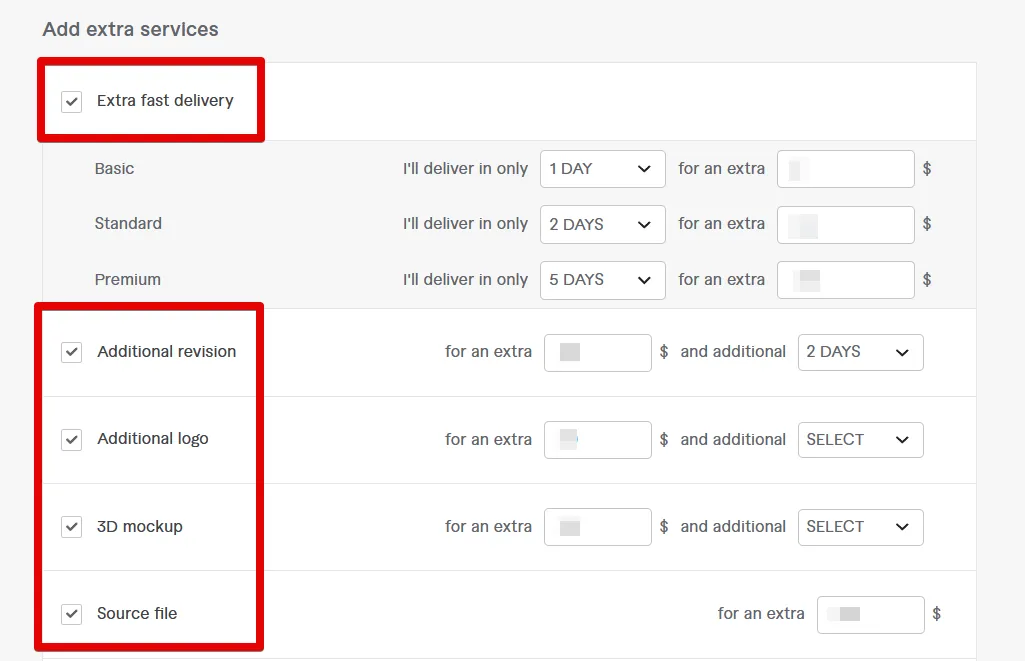When it comes to freelancing platforms, Fiverr is one of the most popular choices, and for good reason! The unique payment structure sets it apart from traditional freelancing work. If you’re new to Fiverr or thinking about getting started, understanding how payments work is essential for a smooth experience.
So, do you pay after services have been rendered on Fiverr? Well, the answer is a bit nuanced. Here, we will break down the basics of Fiverr's payment system, ensuring that you're fully informed before diving in.
2. Understanding Fiverr's Service Model

Fiverr operates on a prepaid model. This means that before services are rendered, you need to pay upfront for what you want. Here’s how it works:
- Order Creation: As a buyer, when you find a freelancer whose gig meets your needs, you'll create an order by clicking the "Order Now" button.
- Payment Processing: When you place the order, Fiverr requires payment immediately. This includes the cost of the gig plus any applicable taxes and fees.
- Funds Held in Escrow: Once you make the payment, the money is held in escrow by Fiverr until the freelancer delivers the service.
- Service Delivery: After the freelancer completes the task, they submit it through the Fiverr platform.
- Review and Approval: You have the opportunity to review the work. If it meets your expectations, you approve the order, releasing payment to the freelancer.
- Requesting Revisions: If the service doesn’t meet your requirements, you can request revisions before approving the order.
This model ensures that freelancers get paid for their services while giving buyers the peace of mind that they will only release funds once they are satisfied with the work.
In conclusion, while you do pay upfront on Fiverr, the system is designed to protect both parties, making it a safe space for freelancers and buyers alike! Understanding this structure will help you navigate your Fiverr experience more confidently.
Also Read This: How to Become a Copywriter on Fiverr
How Payment Works on Fiverr

Understanding how payment works on Fiverr can significantly enhance your experience, whether you’re a buyer in search of services or a seller offering your skills. So, let’s break it down!
When you decide to purchase a service on Fiverr, you pay upfront before the seller begins working on your project. This might sound a tad unusual if you’re used to paying after services are delivered, but there’s a safety net in place that both buyers and sellers appreciate.
Here’s a step-by-step of how the payment process operates:
- Order Placement: When you find a gig you like, you place an order by clicking the “Order Now” button. This action takes you to a payment page.
- Payment Submission: You’ll input your payment details to complete your purchase. Fiverr accepts various payment methods, including credit cards, PayPal, and others.
- Funds Held in Escrow: Once you’ve made the payment, Fiverr holds the funds in escrow. This means the money is secured and not immediately released to the seller.
- Service Delivery: The seller completes the work and sends it to you, the buyer. You’ll receive a notification, and you can review the delivered work.
- Release of Funds: Once you’re satisfied and finalize the order, Fiverr releases the payment to the seller. If everything goes south, you can request revisions or even a cancellation if necessary.
This payment structure ensures that sellers are motivated to deliver quality work since they know they won’t see their money until the job is done right!
Also Read This: How to Start a Career as a Freelance Tax Preparer
The Fiverr Escrow System Explained

So, what’s this buzz about the Fiverr escrow system? At its core, the escrow system on Fiverr is all about security and trust—two vital components for any online transaction.
But how does this system protect both buyers and sellers? Let’s break it down:
- Funds Security: When you make a payment, the money doesn't go to the seller immediately. Instead, it's held securely by Fiverr until the service is delivered and accepted. This protects your funds and gives peace of mind.
- Dispute Resolution: If you’re unhappy with the work or there’s a misunderstanding, the escrow system facilitates dispute resolution. You can engage Fiverr’s support team, and they will mediate the situation.
- Incentive for Quality Work: Since funds are held in escrow, sellers have a strong incentive to produce high-quality work. They want you to release those funds happily! It’s a win-win.
- Completion Timeline: The escrow period lasts until you accept the delivery. This means you have time to thoroughly assess the work without any rush.
In conclusion, the Fiverr escrow system is designed to promote a fair marketplace where both buyers and sellers can operate with confidence. It’s about creating a trustworthy environment where you can focus more on creativity and less on payment headaches!
Also Read This: Charges and Earnings of Freelance Videographers
5. Implications of Paying After Services Rendered
When you hire a freelancer on Fiverr, the payment structure is typically designed to provide peace of mind for both parties. However, paying *after services have been rendered* can come with its own set of implications that you should be aware of. Let’s break down a few key points:
- Quality Assurance: If you're paying after the work is done, you have the opportunity to review the work before committing to payment. This allows you to ensure that the freelancer has met your expectations.
- Trust and Reliability: By paying after the service, you rely heavily on the freelancer’s reputation. It’s essential to choose someone with good reviews and a solid track record to avoid any last-minute surprises.
- Dispute Resolution: If the delivered work isn't satisfactory, you have the option to raise a dispute. Fiverr has systems in place to handle such situations, but the resolution process can sometimes be lengthy.
- Consistency: Making payments only after work is delivered can create a less reliable cash flow for freelancers, which may impact their willingness to work with you in the future. Understanding this dynamic is crucial for maintaining lasting business relationships.
In summary, while paying after services have been rendered can be beneficial for buyers in terms of safety and satisfaction, it's essential to be mindful of the potential challenges that could arise for both freelancers and buyers.
Also Read This: What to Sell on Fiverr to Make Money
6. Common Concerns and FAQs
As with any payment system, there are often questions and concerns that arise when it comes to Fiverr's payment processes. Here are some common FAQ’s that might illuminate your understanding:
| Question | Answer |
|---|---|
| Can I negotiate payment terms? | While Fiverr has set structures in place, it's always worth discussing with your chosen freelancer. Some may be open to negotiating. |
| What happens if I'm not satisfied with the service? | You can request a revision or open a dispute through Fiverr's resolution center if the work doesn’t meet your expectations. |
| Is it safe to pay after the work is completed? | Fiverr offers a secure payment system that protects buyers, so paying after the work is done can be considered relatively safe. |
| Will I get a refund? | Refunds are possible under circumstances like undelivered services or major dissatisfaction, but each case is evaluated individually. |
These FAQs should help clarify any lingering doubts you may have about payment processes on Fiverr. If you have more questions, it’s always a good idea to reach out to customer service or the community forums for additional support.
Do You Pay After Services Have Been Rendered on Fiverr?
Fiverr is a popular online marketplace that connects freelancers with clients seeking a variety of services, from graphic design and writing to digital marketing and programming. One common question that arises among new users is whether payment is made after the services have been rendered. Understanding Fiverr's payment structure is essential for both buyers and sellers on the platform.
When you commission a service on Fiverr, the payment process involves several important steps:
- Order Placement: Once you find a service, you place an order by selecting any add-ons and confirming the details.
- Payment Method: Fiverr requires payment upfront before the service provider begins working on your order. This ensures that freelancers are compensated for their work.
- Order Completion: After the freelancer delivers the final product, you have the opportunity to review and accept the work.
- Release of Funds: Payment is only released to the freelancer after you accept the delivered work. If you require revisions, you can request them within the order period.
| Step | Details |
|---|---|
| 1. Order Placement | Client selects a service and places the order. |
| 2. Payment Process | Payment is made upfront. |
| 3. Review | Client reviews the delivered service. |
| 4. Fund Release | Funds are released to the freelancer upon approval. |
In conclusion, while payment on Fiverr is made in advance, it is a secure way for clients to ensure that their service providers are compensated for their work, while also giving clients control over when funds are released based on their satisfaction with the delivered services.



